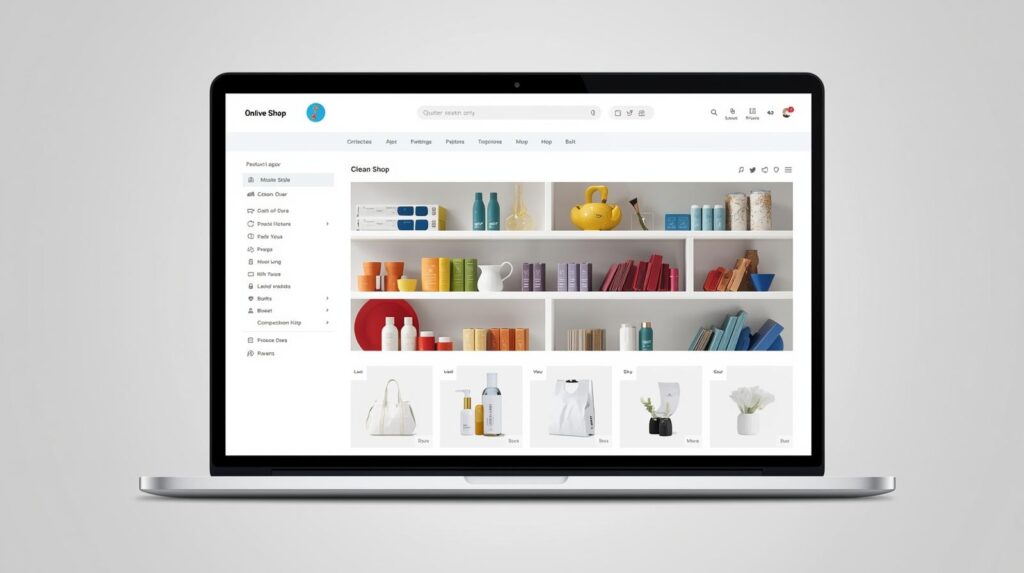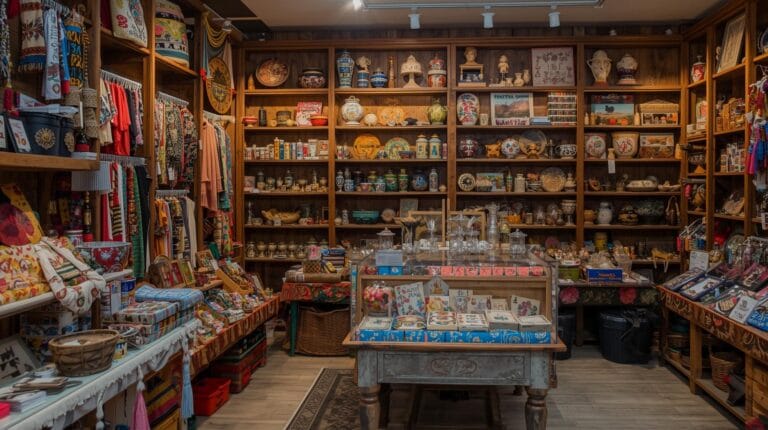Fashion is one of the most profitable and fastest-moving industries in the world. With online shopping becoming a daily habit for millions, starting an online fashion store can prove to be a lucrative business idea. Whether you want to launch your own apparel line, sell the top sellers, or dropship fashion products, building an e-commerce store gives you access to a global base of customers. But success is more than getting a site up and live, it takes planning, research, and building a brand.

We will take you through an end-to-end, step-by-step guide on how to build an online apparel store and have a long-term business.
Define Your Niche
Fashion is a highly competitive market, and as such, it is imperative to stand out. Instead of try to sell everything, focus on a niche that caters to a certain group of people. This makes your brand more recognizable and gives you a better chance to have a stake in the market.
Some successful fashion niches are:
- Streetwear apparel
- Eco and green fashion apparel
- Fitness and sports wear clothing
- Plus or petite fashion
- Baby and children’s apparel
- Luxury high-end clothing
- Vintage and second-hand clothing
Choosing a niche provides you with the chance to create advertising campaigns tailored to your target audience, resulting in increased participation and sales.
Competition and Market Research
Study your target market and your competitors before you invest time and capital. Look at other online retailers of clothing in your niche, what are they getting right, and where can they do better? Consider:
- Pricing strategies
- Product range
- Customer reviews and feedback
- Method of advertising
- Social media profile
By researching your competition, you are able to identify opportunities to offer something unique. Market research also avoids costly mistakes and ensures your clothing store addresses the requirements of your target consumers.
Create a Business Plan
Your blueprint is a well-formulated business plan. It details your goals, strategies, and financial projections. Your plan should include:
- Business model: Do you sell your own merchandise, wholesale products, or use dropshipping?
- Target market: Age, gender, taste in style, and geographic location of your clients.
- Budget and capital: The amount of capital you will need to begin and continue the business.
- Marketing plan: How you will acquire customers and build brand loyalty.
- Revenue projections: Estimate sales and expenses in the first year.
No matter if you plan to raise outside funds, developing a business plan keeps you focused and structured.
Choose a Business Model
There are several ways to run an internet clothes store, and yours will be based on what you can afford, what you’re capable of, and where you’d like to go:
- Print-on-demand: You design graphics or patterns, and a supplier prints and ships them only when they’re ordered. This requires minimal initial investment.
- Dropshipping: No inventory is held by you; you collaborate with suppliers who deliver product to customers. It reduces risk but could limit flexibility on quality and shipping times.
- Wholesale and reselling: You buy apparel in bulk at a lower price and resell at a markup. It is the most capital-hungry model and requires storage capacity and investment.
- Private label or own brand: You create your own, make them, and sell them under your brand name. It takes more capital but builds more brand identity.
Each model has advantages and disadvantages, so choose one that is best for your concept.
Register Your Business and Attend to Legal Formalities
Even if your company is web-based, you have to comply with local regulations. Register your company name, get the necessary licenses, and check on tax rules and internet selling restrictions. Having a proper legal structure (i.e., sole proprietorship, LLC, or corporation) protects you from personal liability and builds customer confidence.
Develop Your Online Shop

Your business face is your website. It ought to be user-friendly for customers, attractive, and mobile-friendly on their phones. Follow these steps:
- Choose an online store platform: Best options are Shopify, WooCommerce (WordPress), Wix, and BigCommerce. These platforms make it easy to manage products, payments, and shipping.
- Choose a website name: Your website name should be short, memorable, and brand-friendly.
- Design your store: Employ expert images, make product categories, and have easy navigation. Hire a web designer if necessary.
- Set up payment gateways: Enable customers to pay securely using credit cards, PayPal, Apple Pay, or other means.
- Optimize for mobile: As most people shop using their phones, having a mobile-optimized site is crucial.
Your internet store must be representative of your brand character through shades, text styles, and messages.
Source or Design Your Products
Your products are your shop. Based on your business model, you may:
- Collaborate with manufacturers to create your designs.
- Work with wholesalers for bulk orders.
- Employ dropshipping suppliers like Printful, AliExpress, or Oberlo.
Invest in quality, customers will be more likely to return and refer your shop if they’re happy with their transaction. Also, factor in packaging; eco-friendly or branded packaging adds to the customer experience.
Develop a Branding and Marketing Strategy
Your brand is more than a logo, it’s the story and emotion you create behind your products. Build a strong brand identity using repeated colors, fonts, and tone of voice. Then, leverage marketing to let people know about it.
Effective marketing strategies for online clothing stores are:
- Social media marketing: Social media sites like Instagram, TikTok, and Pinterest are great for fashion brands. Share high-quality photos, behind-the-scenes content, and influencer collaborations.
- Email marketing: Build an email list to send. offers, style tips, and news to loyal customers.
- Content marketing: Develop blog posts or guides on. fashion trends, style tips, or fashion sustainability.
- Paid advertising: Offer sponsored Facebook. Google, or Instagram advertisements to reach potential buyers.
- SEO (Search Engine Optimization): Optimize product descriptions. your website so they appear in search results.
Marketing is a continuous process, consistency creates confidence and brand awareness in the long term.
Streamline Logistics and Customer Service
Smooth logistics and good customer service are the keys to expansion once your shop is up. Customers expect on-time delivery, easy returns, and prompt communication.
- Use inventory management software to keep track of inventory levels.
- Team up with reliable couriers to deliver goods on time.
- Implement simple return and refund procedures.
- Offer good customer care through email, live chat, or social media.
Happy customers leave positive reviews and become repeat customers.
Monitor, Analyze, and Refine

Opening your shop is only the beginning. Monitor continuously and respond to the evolving market. Monitor with analytics tools like Google Analytics or the dashboard of your e-commerce store:
- Sales performance
- Best-selling items
- Customer activity
- Marketing return on investment
As the data dictates, refine your strategies, whatever that might be: adjusting prices, improving product descriptions, or testing new advertising strategies.
Conclusion. Starting an online fashion boutique is an exciting business with unlimited growth potential. By choosing a niche market, creating a solid business plan, creating a professional web page, and focusing on branding and customer satisfaction, you can be the leader in the competitive fashion market. Remember that overnight success won’t materialize, consistency, innovation, and adaptability are the secret ingredients. With the right approach, your online fashion boutique can grow to become a profitable and sustainable business with repeat customers worldwide.





